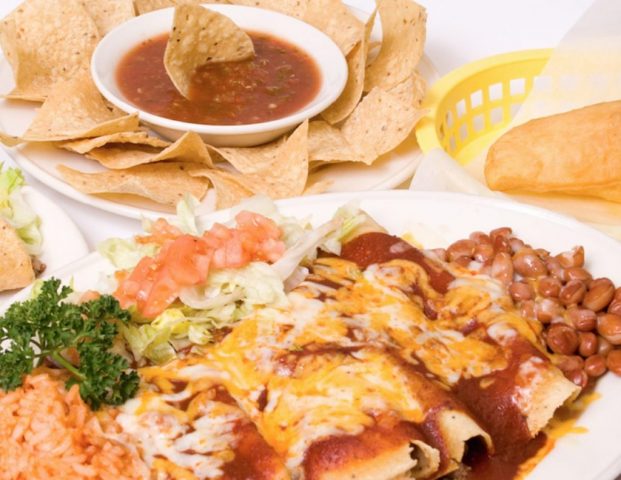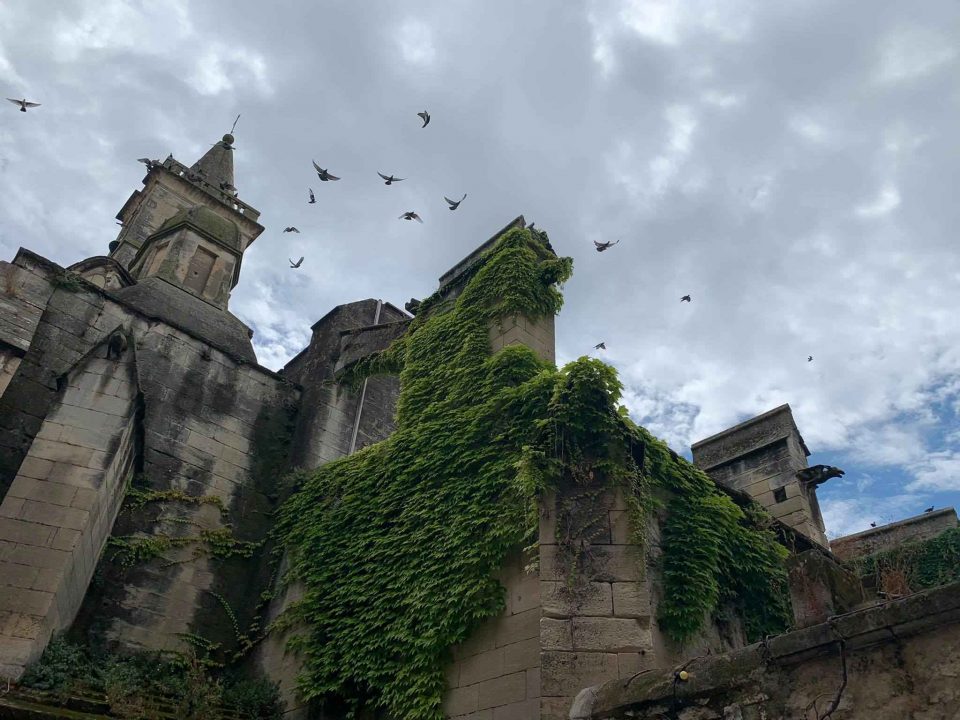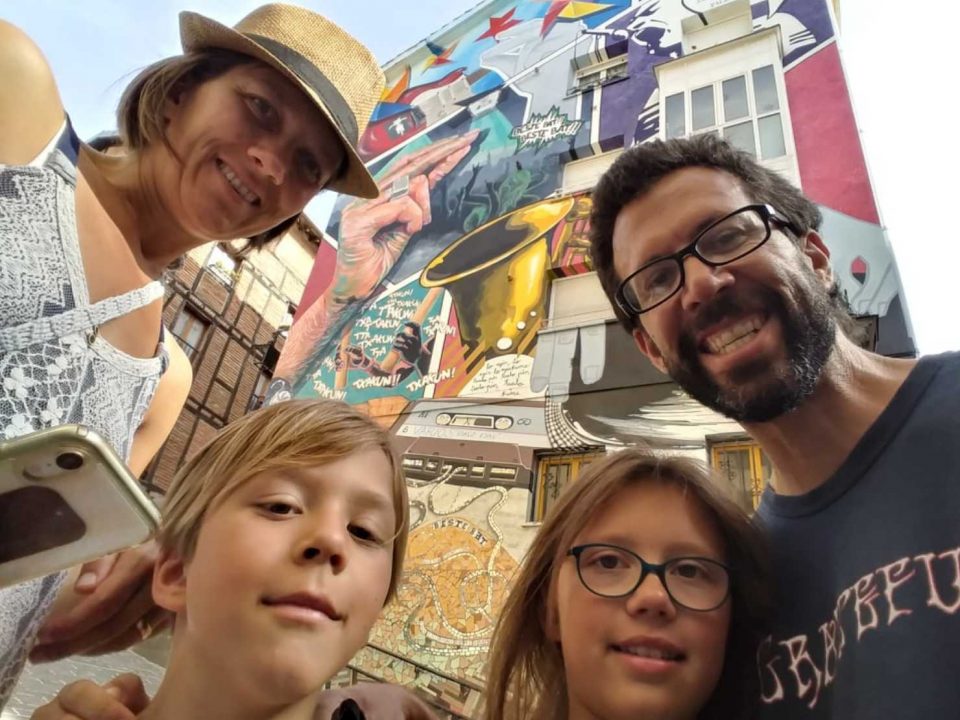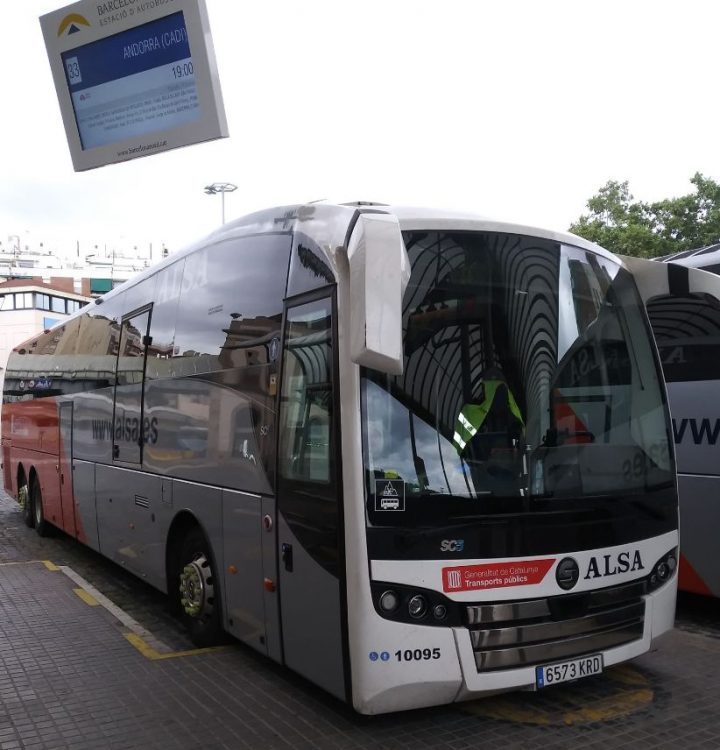
Fear and Loathing in Easternmost SLO County
March 26, 2016
In Escrow
April 6, 2016Seasons are changing in the high desert of New Mexico. At an elevation of 5000 feet, the dawn of spring really means something in Albuquerque. The lilacs and wisterias are rioting with color. Tulips and daffodils shatter the earth-toned monotony of sand and rock.The junipers are budding, as are the majestic ashes and noble piñon trees. Oleanders too are showing great promise for the days to come, but in fact, temperatures still dip below freezing overnight, so some of Albuquerque’s best flowers are probably still a month away.
Water still freezes at 32 degrees up here, but did you know that it boils at 203 degrees instead of 212? It’s these subtle differences that make travel so interesting, learning to adapt to the new and unfamiliar conditions. I was hoping to boil some eggs this week, as I’m pretty sure it takes them longer to cook at that low temperature. Never got around to it though. But that’s OK, because there’s something else that makes this state unique, something even more salubrious.
Perk up your senses and alert your taste buds, because Albuquerque’s local cuisine is truly distinct. And distinctly regional food is no longer an easy thing to find as one travels across this country. Of course, New England has its chowder, Philly has its cheese steaks and San Francisco has its Rice-a-Roni, but New Mexican cuisine is more than just a single item, it’s a whole nother kind of food. And here in ABQ, the food is something to be taken very seriously.
So what distinguishes New Mexican cuisine from California Mexican food? The emphasis on enchiladas is significant, but it’s the local chili peppers and the resulting sauces that really make the difference. Namely, there’s your choice of red or green sauce, or for the indecisive there’s Christmas, to be poured over most dishes, but especially the enchiladas. Other dishes look pretty familiar, including fajitas, served without the colorful sauces. Most entrees come with a small basket of sopapillas, New Mexico’s famous and fluffy flat bread, served on the side with a bottle of honey, and typically eaten for dessert, unless you plan to go whole hog and order up some other delicacy, like deep fried ice cream, off the dessert menu.
Chips and salsa are as ubiquitous here as they are back home, though the salsas tend to be hotter, all flavored up with local peppers. But for an absolutely authentic New Mexican appetizer, you have to try the Frito pie, made—as advertised—with real Fritos, and topped like a salad with pinto beans, shredded lettuce, diced tomato and grated cheddar. I quickly overcame my skepticism to become a staunch supporter of this ultra crunchy alternative to nachos.
It should be noted that New Mexican is far from the only culinary treat on ABQ’s bill of fare. Asian restaurants abound, with an especially high concentration of Vietnamese venues. But unfortunately, our limited time table and my enchilada obsession precluded us from making any more exotic forays. And of course, fast food chains, especially Del Taco and Taco Bell, are everywhere; not too surprising given the evident poverty level here and throughout the state. What is surprising—shocking actually—is the fact that no one here in Albuquerque has yet had the wisdom to open up a rib joint and call it the ABQ BBQ.
One more thing this city is famous for, and that’s the overstimulating television series, Breaking Bad, set and filmed on location here in Albuquerque. Some enterprising individuals even had the bright idea to offer city tours in the Breaking Bad RV, or a decent enough replica of that vehicle made famous by the meth manufacturing science teacher. At $65 a seat, I’m not sure whether to laugh or to cringe. You tell me.
With a population of over 500,000, and a metro population exceeding one million, ABQ could easily be described—at the risk of sounding cliche—as a big city with a small town feel. Like most things in New Mexico, the city itself is spread so far and wide that it never feels crowded. Two major interstates, the I-25 and the I-40, intersect around the center of town, but in the week I’ve been here (and I’ve done plenty of driving at all hours), I have yet to experience any amount of freeway traffic significant enough to cause slowing.
As for surface streets, the boulevards are wide, and the traffic lights operate with logic and consistency. But woe to the cyclists who’ve not been granted even an inch between lane three and the curb. Bike accidents are commonplace here. My own brother has had his share of bicycle mishaps in New Mexico. But alas, the story of mishaps is a long and convoluted one for which we simply haven’t the time.
Further Reading: For more stories about friendly flavors and far-out mishaps, check out these popular articles.





